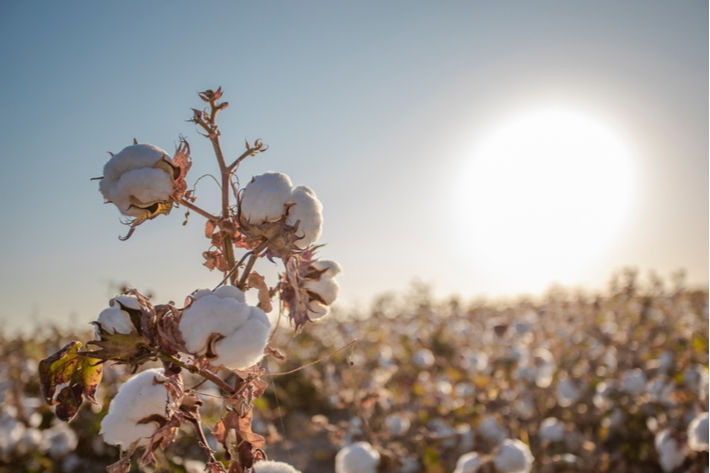
Given that a wide range of other agricultural and industrial commodities suffered simultaneous losses, the decline in cotton prices can be considered as part of a general pullback in commodity investment rather than a reflection of any specific concern about weakness in demand or oversupply of cotton, according to Cotton Incorporated’s Executive Cotton Update.
It is estimated that around 75 per cent of downstream demand for cotton flows into apparel and that another 20 per cent is devoted to home textiles. Prices for food and energy have risen 10 per cent or more just in the past twelve months. While there have been year-over-year increases in clothing prices (near 5 per cent most recently), the CPI for apparel remains near pre-COVID levels (up only about 1 per cent versus the average for 2019 in May). As a result, the greater threat to US apparel spending may come from consumers being pinched by price increases from other spending categories rather than from a rise in apparel costs.
Policy responses to inflation may be another source of concern for apparel and fibre demand. Comments made during the latest meeting held by the Federal Reserve led observers to believe that interest rates will continue to rise by at least one-half of a percentage point in late July. However, these comments were accompanied by statements expressing concern about the implications for economic growth. In eight of the last nine periods of monetary tightening, the US slipped into recession. However, not all recessions are as severe as the financial crisis or the one provoked by COVID. Among the factors that could support US consumer demand in future months include a strong labour market, solid wage growth, and the surge in wealth that came with stimulus after COVID.
Fibre2Fashion News Desk (KD)